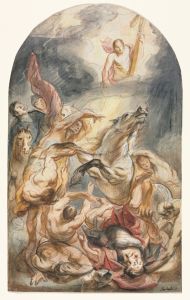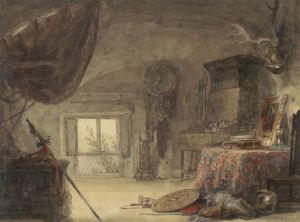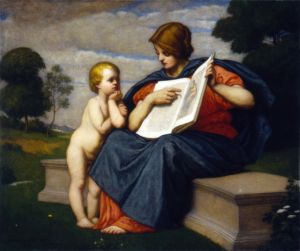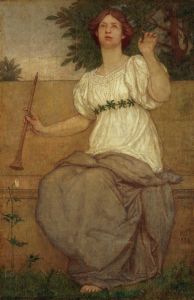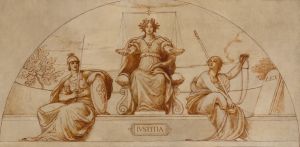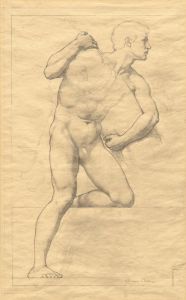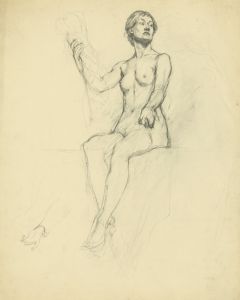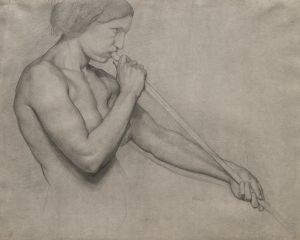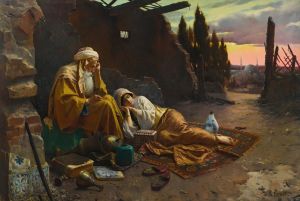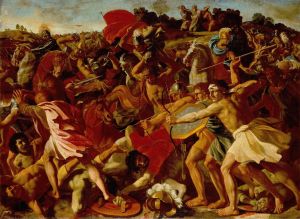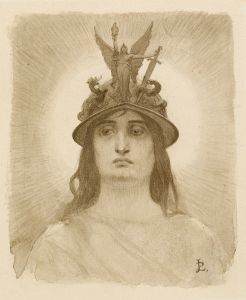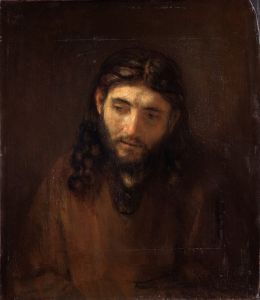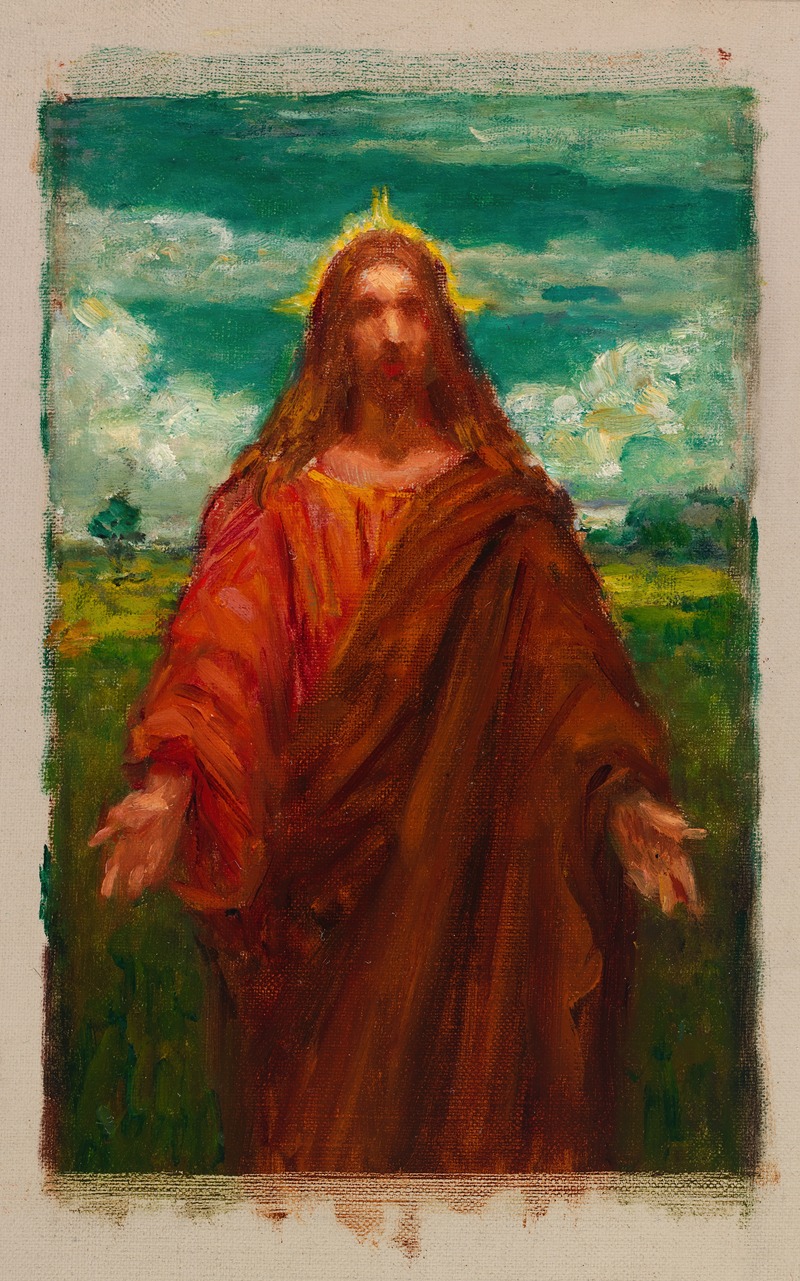
Study for ‘Christ’
A hand-painted replica of Kenyon Cox’s masterpiece Study for ‘Christ’, meticulously crafted by professional artists to capture the true essence of the original. Each piece is created with museum-quality canvas and rare mineral pigments, carefully painted by experienced artists with delicate brushstrokes and rich, layered colors to perfectly recreate the texture of the original artwork. Unlike machine-printed reproductions, this hand-painted version brings the painting to life, infused with the artist’s emotions and skill in every stroke. Whether for personal collection or home decoration, it instantly elevates the artistic atmosphere of any space.
Kenyon Cox (1856–1919) was an American painter, illustrator, muralist, and writer, known for his academic style and contributions to the American Renaissance movement. One of his notable works is the "Study for ‘Christ’," which reflects his skill in figure drawing and his dedication to classical themes.
Kenyon Cox was born in Warren, Ohio, and studied at the Pennsylvania Academy of the Fine Arts before moving to Paris to continue his education at the École des Beaux-Arts. Under the tutelage of renowned artists like Jean-Léon Gérôme, Cox honed his skills in the academic tradition, which emphasized precise drawing, careful composition, and the study of classical subjects.
The "Study for ‘Christ’" is a preparatory work, likely created as part of Cox's process in developing a larger composition or mural. This study demonstrates Cox's meticulous approach to the human form, capturing the solemn and contemplative nature often associated with depictions of Christ. The work is characterized by its attention to anatomical detail and the use of light and shadow to create a sense of depth and volume.
Cox's choice to focus on religious themes was not uncommon during his time, as many artists of the American Renaissance sought to convey moral and spiritual messages through their art. This period was marked by a revival of classical ideals and an emphasis on beauty, harmony, and order, which were seen as antidotes to the rapid industrialization and social changes of the late 19th and early 20th centuries.
In addition to his work as a painter, Kenyon Cox was a prolific writer and critic. He contributed essays and reviews to various publications, where he articulated his views on art and its role in society. Cox believed that art should uplift and educate, and he often critiqued modernist movements that he felt deviated from these principles.
Cox's legacy is evident in his numerous murals and public artworks, many of which adorn buildings in New York City and other locations. His work on the Library of Congress's Thomas Jefferson Building is particularly notable, where he contributed several murals that reflect his classical training and thematic interests.
The "Study for ‘Christ’" remains an example of Cox's dedication to the academic style and his ability to convey complex emotional and spiritual themes through his art. While not as widely known as some of his larger works, this study provides insight into Cox's artistic process and his commitment to the ideals of beauty and craftsmanship that defined his career.
Overall, Kenyon Cox's contributions to American art are significant, and his works continue to be studied and appreciated for their technical skill and adherence to classical principles. The "Study for ‘Christ’" is a testament to his ability to blend traditional techniques with profound thematic content, making it a valuable piece in understanding the broader context of his oeuvre.





